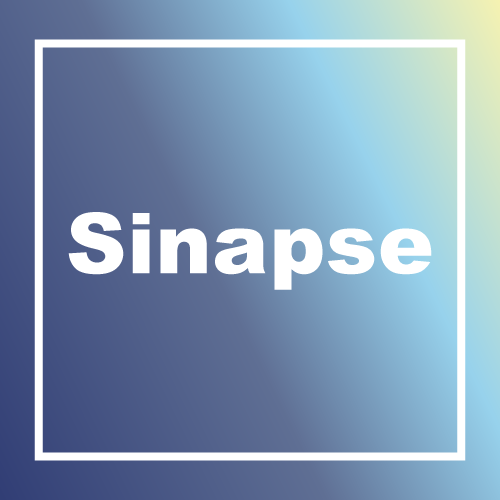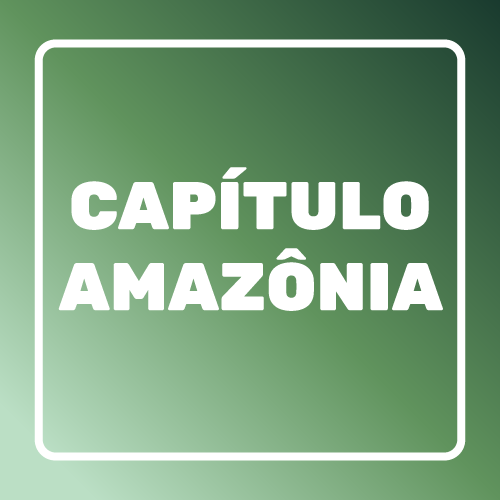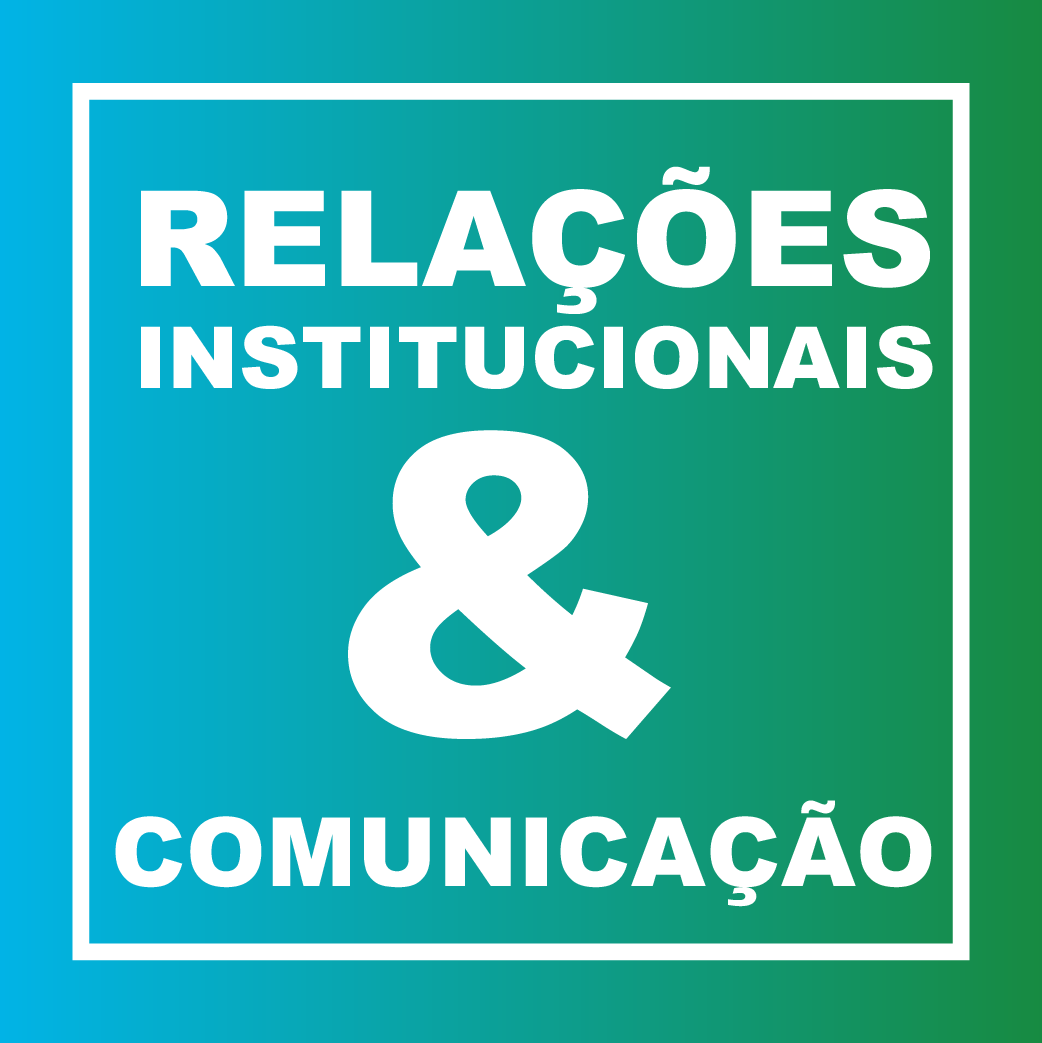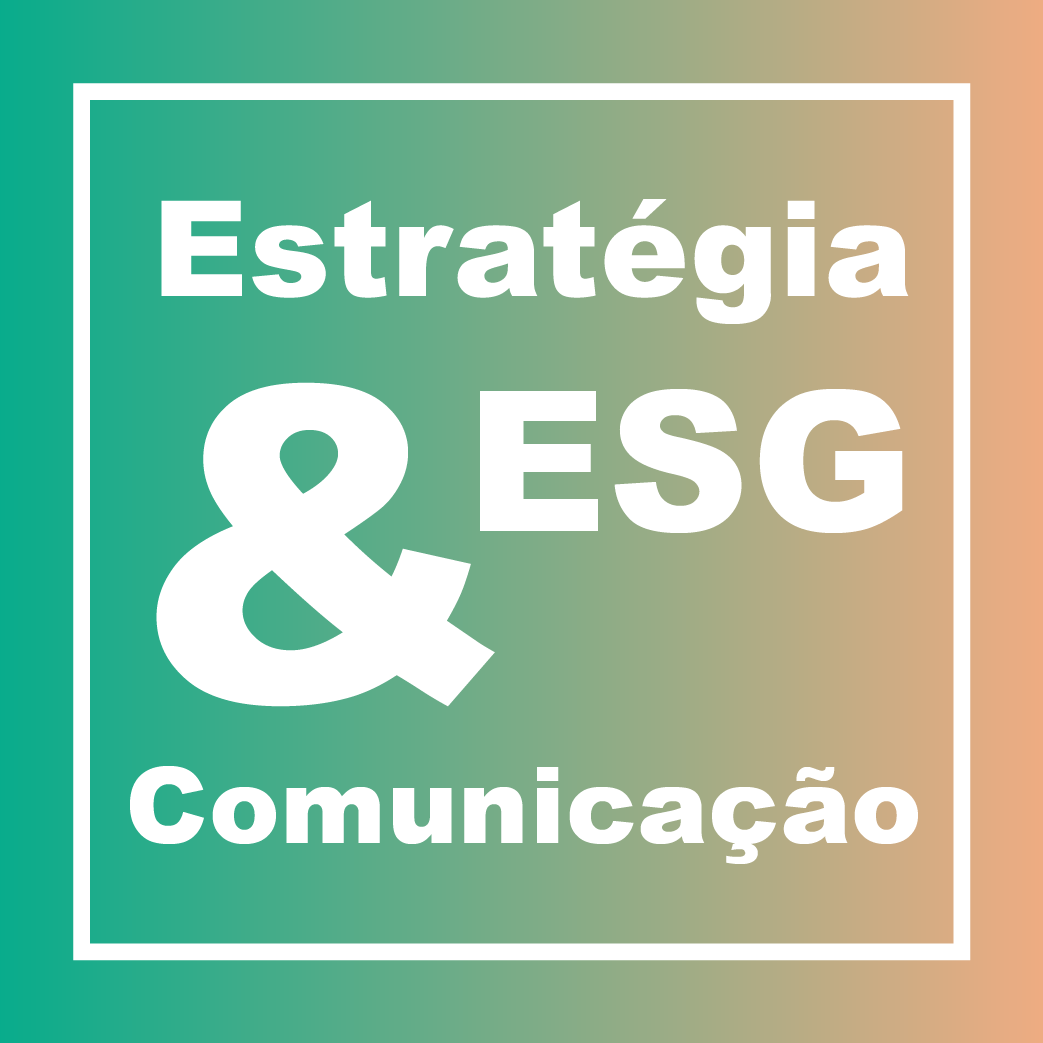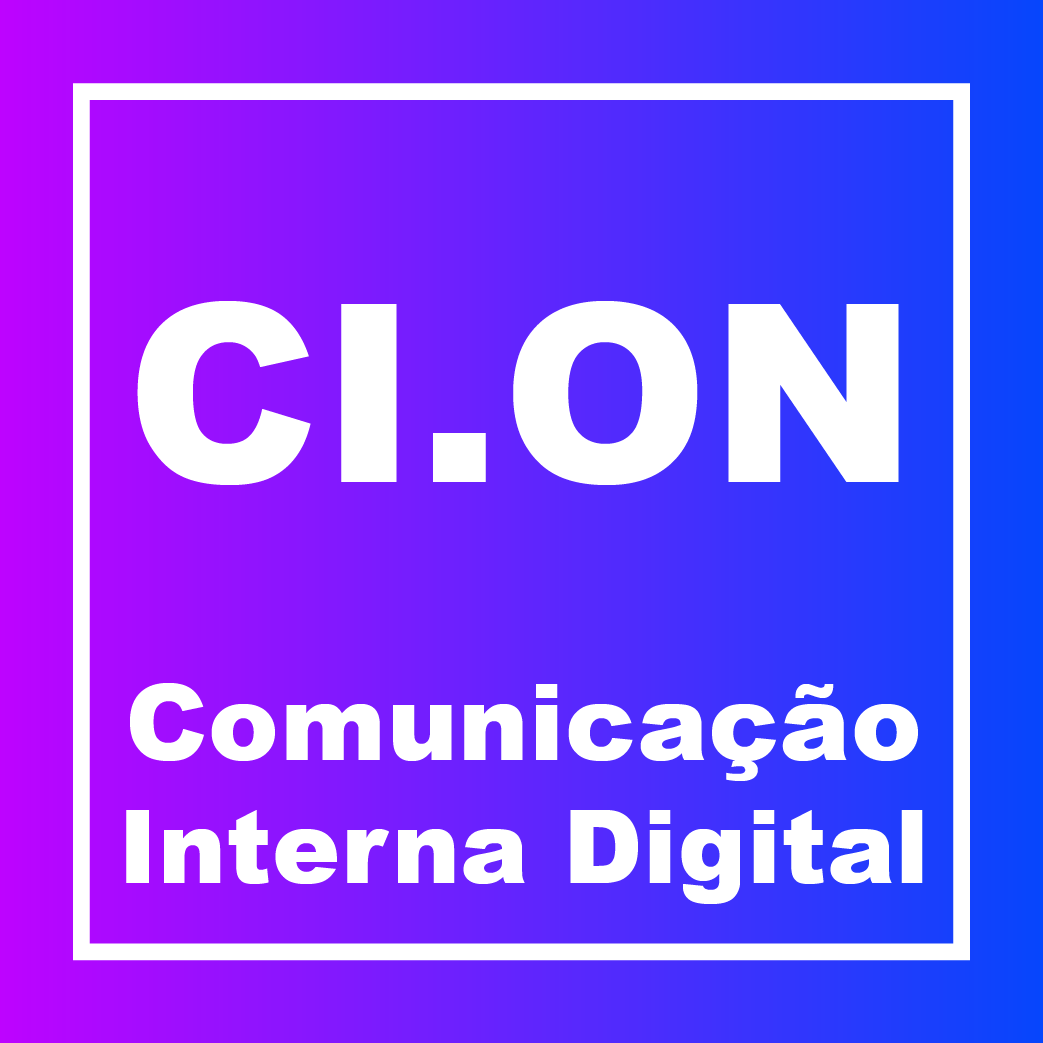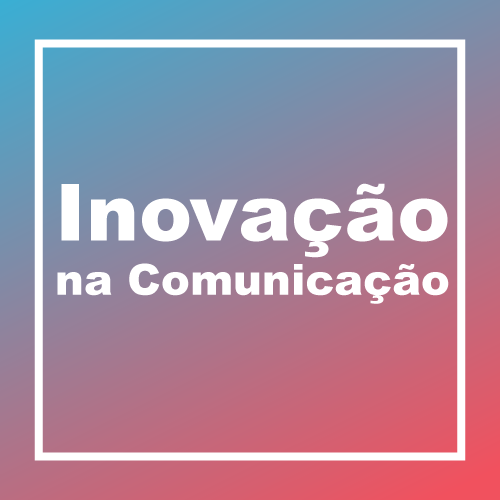The strategic role of Communication in the formation of Stellantis, the 4th largest automotive group in the world
Aberje Academy of Brands brings together the company’s communication team to tell details of the construction of a new narrative
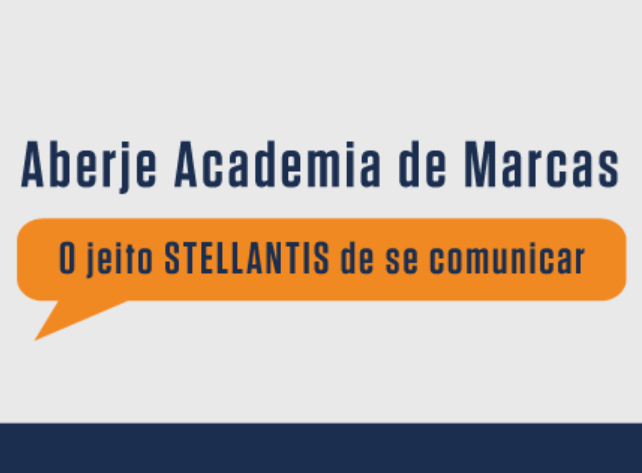
Stellantis, a company created by the merger of FCA and PSA automobile manufacturers, was born on January 1, 2021, but its Communication began long before. From the choice and disclosure of the name, a team of professionals has acted in all stages and spheres of communication, maintaining a close relationship with their stakeholders and bringing home the values and culture of the new company.
The result is translated into a market-leading company with a robust image, an aligned narrative, and employees integrated into a single team. At the Aberje Academy of Brands, held on June 14, Stellantis, presented its communication projects, the results, sustainability challenges, and new products, and how this connects to the company’s reputation and business.
A Great Opportunity
On occasion, the VP of Corporate Communication at Stellantis, Fabrício Biondo, said that the announcement of the merger of the two great centenary companies was made in 2019. “Companies joined for an opportunity, not for a financial need. They joined for this transformation that the industry is undergoing, with values that complement each other in business and, above all, because shareholders think very much alike,” he said.
“The first narrative is that the company wants to become a leader in sustainable mobility. We reinforced this in 2020 by announcing the name Stellantis – which means illuminating with the stars – and saying that we had a diversified business between America, Europe, and South America,” said Biondo. “Our main stars are our employees and the great diversity that the group has concerning culture. That makes us have huge creative diversity, a competitive differential outside the ordinary,” he said.
In mediating the event, Paulo Nassar, CEO of Aberje and Full Professor of the School of Communications and Arts of the University of Sao Paulo (ECA-USP), pointed out an interesting factor about two companies that already had affinities and decades of stories. “It is obvious that it has an approximation of paradigms because there are similarities. A paradigm is a constellation of beliefs, values, and technologies shared by a particular community. And we are talking about a community of 300,000 people,” he said. “We are the largest company in Latin America in the automotive sector and the fourth largest in the world with a turnover of 152 billion euros,” says Biondo.
Regarding Communication, the challenge in South America was to be efficient in the four countries where brands are present. “We have to talk to the community around each of the five automotive plants in Brazil, Argentina, Chile, and Venezuela,” said Biondo, stressing that the merger occurred during the pandemic. “It was a very challenging time, in which we did a solid work of Direct Communication with different tools to communicate directly with our factory floor staff and office personnel, that is, about 27,000 employees.”
Building a Unique Culture
The Head of Internal Communication at Stellantis, Victor Bialski, pointed out that Internal Communication was a critical aspect of the companies’ merger. “We live a great challenge, a post-fusion company, in the pandemic, with completely different cultures. The largest challenge is to build a unique culture,” he said. “Diversity is our starting point and is not a challenge but an opportunity to drive us forward.”
Stellantis’ Communication plan began to be born from a quadrant. Bialski explains that the first quadrant was credibility, with the President speaking directly with employees through technology. The second highlights the importance of people knowing brands and plants through a series of videos with stories to create engagement. The third quadrant highlights the company’s vehicle exhibition. The fourth quadrant was the idea of making a 15-meter tall, 11-wide, oversized cloth shirt that could circulate throughout South America and where employees could leave their signatures.
Head of Corporate Communication at Stellantis, Marcus Brier talked about Press Communication and Public Relations actions. “When we saw ourselves facing this forming conglomerate, the first thing was to define our goals in the short and medium-term to promote and protect the company’s reputation,” he said.
Head of Digital Media, Ellen Dias, says that the challenge is to move the present toward the future and that this involves digital transformation. “Stellantis is already born digital, with social media profiles. Today, a company being digital is having open and continuous Communication. We understand that developing our own content is a strategic issue for establishing direct relationships with stakeholders. Social media are our public square. There is no longer the outside and inside; we are in the era of hyperconnectivity. Digital brings in its essence opportunities to innovate”, she said.
Destaques
- Theme of the Year “Communication for Transition” Renewed for 2025
- Web Summit Lisbon 2024: Innovation and Ethics in a Future Shaped by AI
- Global Alliance Launches Recognition Program for Young Communicators
- Alejandro Cornejo Montibeller Joins the Latin American Regional Council of the Global Alliance
- LiderCom Meeting Discusses International Expectations for COP30
ARTIGOS E COLUNAS
Carlos Parente Na comunicação, caem por terra influencers sem utilidade e erguem-se, aos poucos, os curadores de conteúdoGiovanni Nobile Dias Como você tem nutrido seu cérebro?Marcos Santos Por tempos melhoresThiago Braga O impacto de modernizar a Comunicação Interna em uma grande indústriaGiovanni Nobile Dias O alarmante retrato da leitura no país





















